As is the seasonal trend over the years whereby the caseload goes down in the wet seasons, there were few cases this month
As is the seasonal trend over the years whereby the caseload goes down in the wet seasons, there were few cases this month. The rains have been good and well spread for the last two months. When it rains, the incidences of human-wildlife conflicts go down as most animals come back to the parks from the community lands and the incidences of subsistence poaching also go down. The animals also become difficult to see as they get widely dispersed in the parks because water and pastures are abundantly available in many places.
There were two snare cases at Ndii area in Tsavo East both involving buffaloes. The Burra de-snaring team came across the two a few metres from each other still tethered by the snares to some bushes.
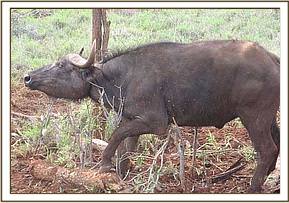
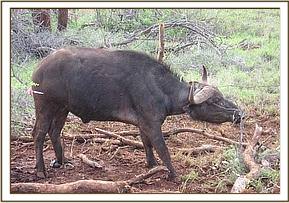

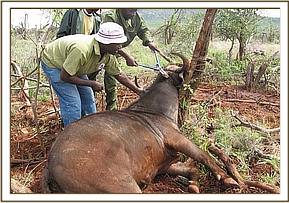
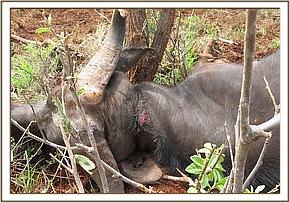

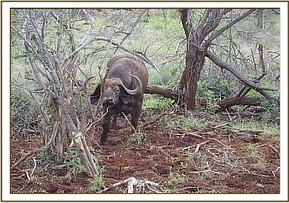
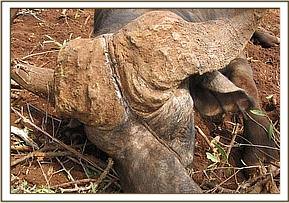

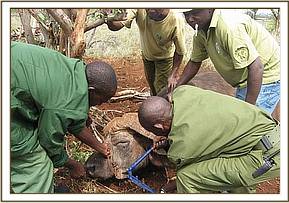
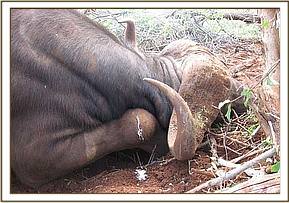

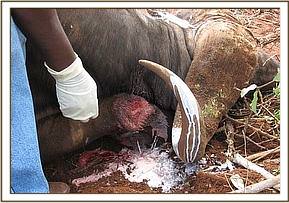
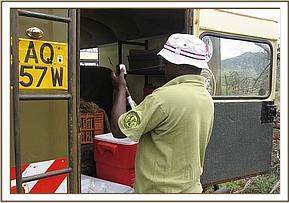

We were also called to Kimana sanctuary in Amboseli to treat an elephant bull with a swollen right fore leg.
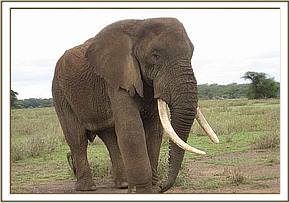
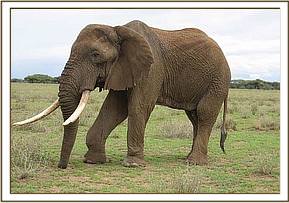

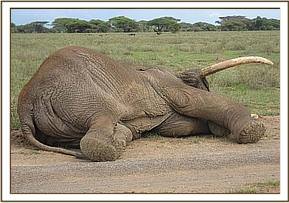
As part of the Global Rinderpest Eradication Programme (GREP) coordinated by Food and Agriculture Organisation (FAO) globally and the International Bureau for Animal Research under African Union (AU-IBAR) in Africa, rinderpest disease is closely monitored in wildlife in the Eastern part of Africa, and especially in Kenya. The disease has been eradicated in most parts of the world apart from the Somali ecosystem because surveillance and control structures do not exist in Somalia. The outbreaks of the disease in Kenya in 1998-99 and 2001 in Tsavo, Meru and Nairobi were thought to have originated from there. The disease continues to have detrimental impact on livestock economics as Kenya cannot access the global livestock markets. Kenya is currently applying for the disease freedom and freedom from infection to the Office International d’Epizooties (OIE) and is required to provide enough serological data for at least 10 years since the last disease outbreak before these status can be given.
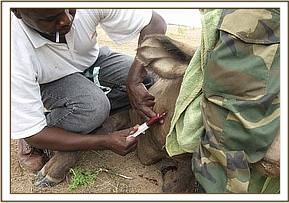


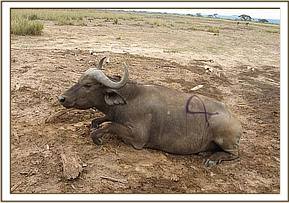
The surveillance was carried out in Amboseli national park and the surrounding dispersal areas and ranch lands between the 21st and 27th of this month.
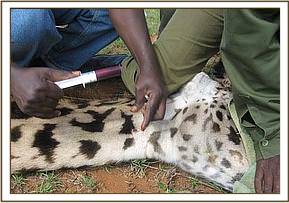

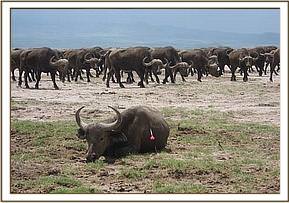

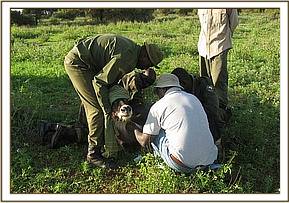
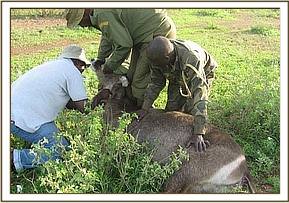

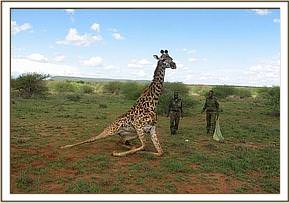
The Mobile Veterinary Unit opearated by The David Sheldrick Wildlife Trust working with The Kenyan Wildlife Service and funded by Vier Pfoten.